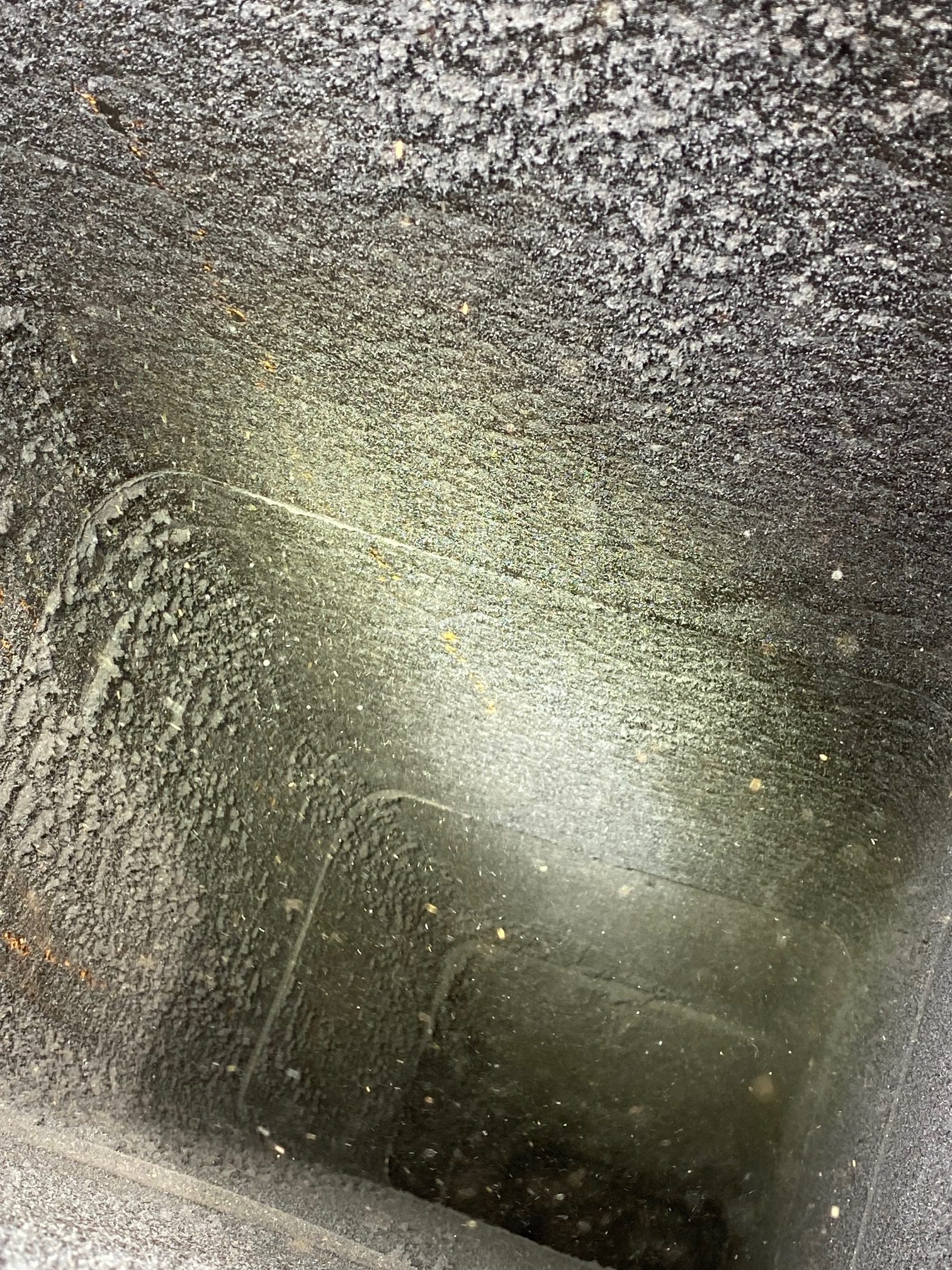
Creosote Removal
Creosote Removal: Understanding the Risk and Importance
Creosote, a byproduct of burning wood in fireplaces and stoves, is a highly flammable and sticky substance that accumulates in chimney flues over time. Its dangerous nature lies in its propensity to ignite, leading to chimney fires that can result in extensive damage to your home. Creosote build-up restricts airflow, reducing chimney efficiency and potentially exposing your household to toxic fumes. Professional creosote removal is crucial to mitigate these risks. Expert chimney sweeps employ specialized tools to safely remove creosote, enhancing fireplace safety, preserving chimney function, and providing peace of mind for a warm and secure home environment.
What is Creosote?
When wood or fuels are burned in your fireplace or appliance they don’t burn completely. The unburned particles leftover from your fire travel up your chimney and condense as they cool. As the unburned particles condense with the water and other substances in your chimney, they become a residue that sits on your chimney walls, which is called creosote. If the airflow of your chimney is constricted, then more particles from your fire go unburned and the tougher the creosote it that builds. Since creosote itself coats your chimney and restricts the airflow, creosote in your chimney makes more of it build faster.
Creosote forms in three stages. It begins as a loose flaky substance. At this stage it contains a high percentage of soot and is easy to wipe away. First stage creosote builds when your chimneys airflow is not constricted. Second stage creosote has more hard, shiny black fakes that contain tar, and is the result of a chimney with a more constricted airflow. At the third stage the creosote becomes much more hardened and is extremely difficult to remove. At this stage it resembles tar running down your chimney. It hardens and can become recoated by more creosote, and so can form a very thick layer.
The Danger of Creosote
The first problem with creosote is that, like the buildup of any substances in your chimney, it restricts your chimney’s airflow. A restricted airflow not only leads to tougher creosote, but prevents it from doing its job. In order to enjoy a fire safely, smoke and gases need to be able to leave your home through the chimney. If the airflow is restricted, smoke and gas like carbon monoxide can stay in your home and put your household in danger
Not only does it restrict the airflow, but creosote itself is also a harmful substance to your chimney. It can corrode and damage the chimney walls if it’s left uncleaned too long. It also is an extremely flammable substance, especially at its third stage. Also, it can ignite and start a fire in your chimney. This both damages your chimney and may spread to the rest of your home.
We Remove Every Stage of Creosote From Your Chimney
Creosote is more dangerous the longer it goes uncleaned and harder to remove at its later stages. It’s essential to have your chimney cleaned regularly to wipe it away before it gets anywhere near the third stage. But if creosote has reached the second or third stage we can help. It’s impossible for an ameatuer to remove these more hardened versions of creosote. We use cutting-edge technology and tools to remove even the toughest creosote.
Signs You Have Creosote in Your Chimney: Recognizing the Red Flags
If it’s been over a year since your last chimney cleaning and you’ve been using your fireplace regularly, there’s a good chance that creosote has built up in your chimney. To help you determine if creosote is present, watch out for these telltale signs:
Excessive Smoke: When lighting a fire, if you notice an unusually large amount of smoke filling your room instead of flowing up the chimney, creosote might be obstructing proper airflow.
Pungent Odors: The buildup of creosote can result in a lingering burnt barbecue or asphalt-like odor around your fireplace and throughout your home.
Stains on Roof: Check for marks and stains on your roof near the chimney. These discolorations can indicate that creosote has condensed on the chimney’s exterior and is due for removal.
Diminished Draft: Creosote can impede the draft that allows smoke and gases to exit your home. If you struggle to get fires burning or notice drafts are less effective, it’s a sign of potential creosote buildup.
Visible Accumulation: Although creosote may be hard for an untrained eye to spot, you can carefully examine your chimney for any signs of a sticky, tar-like substance. However, due to safety concerns, it’s recommended to rely on a professional inspection.
Given the risks associated with creosote, seeking professional guidance is essential. Chimney sweeps are equipped to assess the extent of creosote buildup and safely remove it, ensuring your fireplace operates efficiently and your home remains free from the dangers of creosote-related issues. Regular chimney maintenance is crucial to a safe and cozy home environment.

Contact The Fireplace Doctor


Our Phone Number (Toll Free)
(844) 222-1322
Join our Facebook to stay up to date on the latest news
